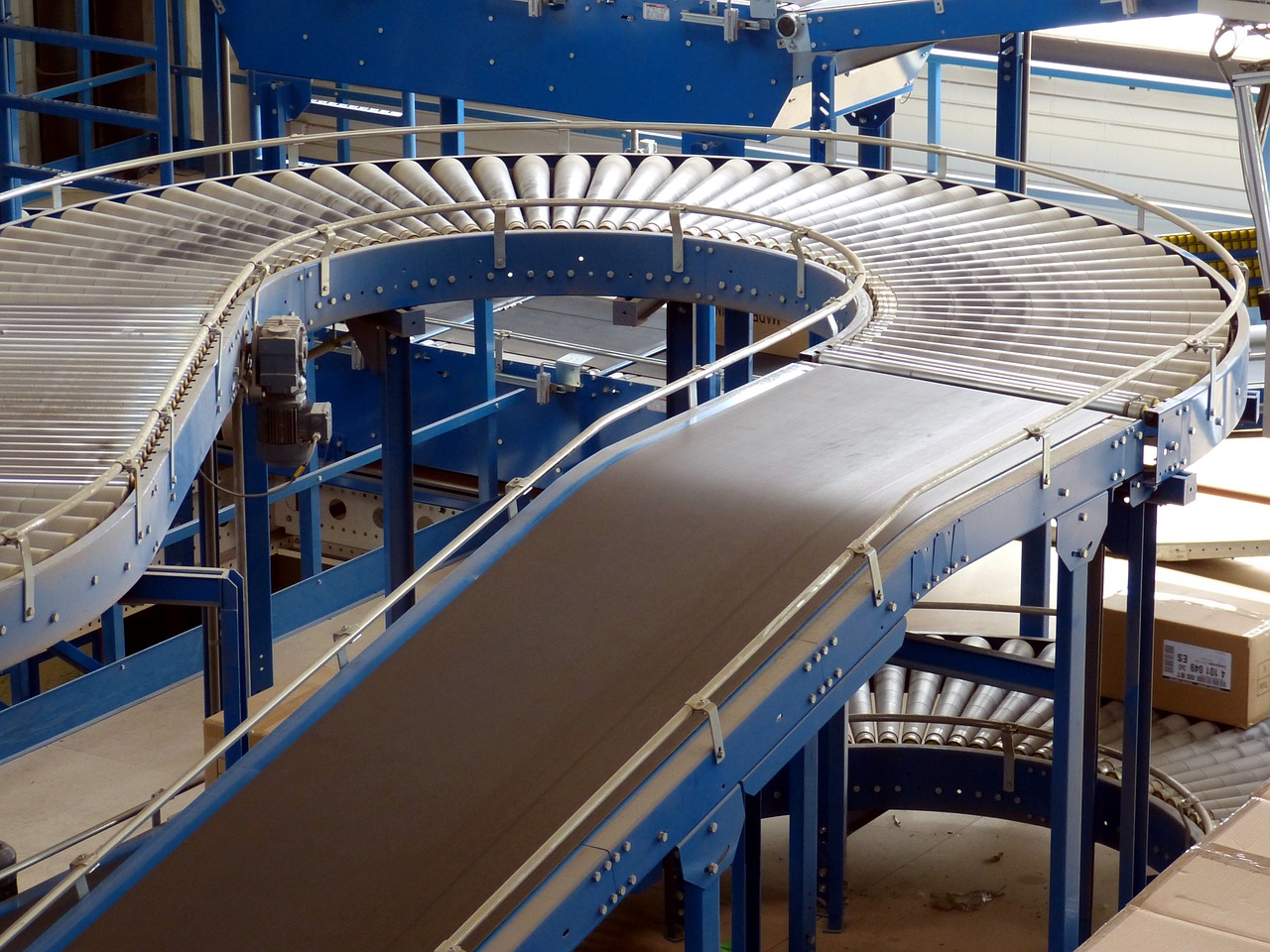A conveyor is a piece of equipment without which your manufacturing situation would be completely hopeless. Without it, you would have to use actual human labor to transport materials, which would result in a number of problems. People would get tired and underperform once they come to production. You would have to hire more bodies (a lot more) in order to have the same productiveness. The risk of injury would be substantially higher, etc.
While conveyor belts can solve the majority of these issues, they are also prone to various malfunctions and breakdowns. Your ability to remedy these problems would result determine the reliability of your manufacturing processes. With that in mind and without further ado, here are the top four conveyor belt problems and their solutions.
1. Belt slippage
This happens because the conveyor belt is not under the right amount of tension. Another reason why this happens is that the head pulley wears down. This means that the amount of traction is no longer adequate to the traction necessary to grip the belt. Some symptoms of this are audible squeals and conveyance slippage. The problem is that fixing this issue usually takes quite a bit of time and effort, which is why prevention is a better choice.
Avoiding this situation requires a similar methodology to fixing the problem – make sure that it’s all assembled properly. If conveyor belt rollers are damaged, you might want to acquire some new ones. The thing is that in order to minimize downtime, you need to have spare parts on you. This way, the replacement can be immediate. Keep in mind that this also implies that you should have someone in-house who can perform these replacements/repairs.
2. Mistracking
In order to work properly, a conveyor belt needs to follow a certain path. It is critical that this path is well set up and that the belt doesn’t drift from one side to another. First of all, this would cause downtime, belt damage, and, in some extreme situations, even damage the product. Keep in mind that this will also wear out the belt unevenly, which will result in some serious maintenance issues further down the line. Every time the belt runs out of its normal track, this is a reason for concern.
While resetting the belt is not a simple task, it is a solution to the problem. However, this is only a part of the solution. What you need to do is perform a conveyor audit. This is a situation where you do your best to identify the source of a problem in order not to allow it to happen again. This takes an in-depth mechanical understanding of the conveyor belt in question.
3. Blockage
This is one of the most straightforward problems that you could encounter. Namely, once there’s a blockage, the conveyor belt doesn’t move. Why does this happen? Well, first of all, because the transported item may catch a sharp edge or undergo a sharp directional change. A build-up in the belt may also lead to this result. This can cause hours of production and, if the belt is not stopped immediately when the blockage occurs, there’s a potential for much greater damage.
There are several reasons for conveyor belt blockage and the most common ones are things like belt tear up faults, reductions in oil level, flaws that you failed to notice in time. Overall, the simplest way to minimize these risky conditions might want to consider handling these factors individually. Take a step-by-step approach and solve this issue one at a time.
4. Carry-back
This is a specific conveyor belt problem that happens when the materials aren’t discharged in a specified location as they should be. Instead, it gets caught in the bed and is carried back. This material sometimes falls under the conveyor (this results in tailings) or builds up under the belt. As a result, you get damaged or completely destroyed materials/products, which is a direct financial loss for your business.
The simplest solution would be to install belt cleaners. These are specially designed to prevent carry-back and they are supposed to be a standard piece of equipment here. The thing is that reducing fugitive materials also saves you an effort on maintenance, which is why these cleaners are always equipped with positive ROI.
In conclusion
The last thing you need to keep in mind, which is really important, is the importance of performing proper maintenance and inspections even when there’s no apparent problem. You see, every issue can be spotted relatively early on, seeing as how every major problem seems to be an accumulation of various factors. This is why being proactive is such an important trait for every manager in the field of manufacture. Having some in-house mechanics or quick on-call specialists can make all the difference in the world.
















